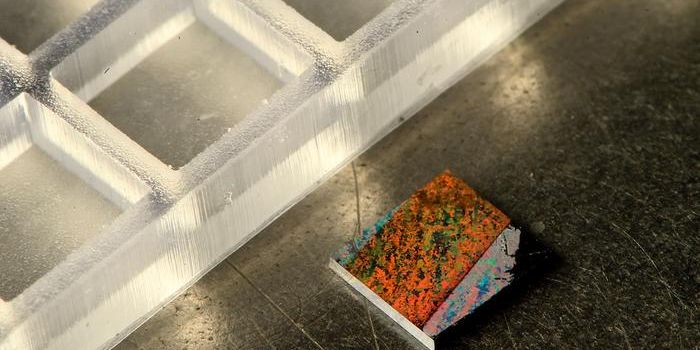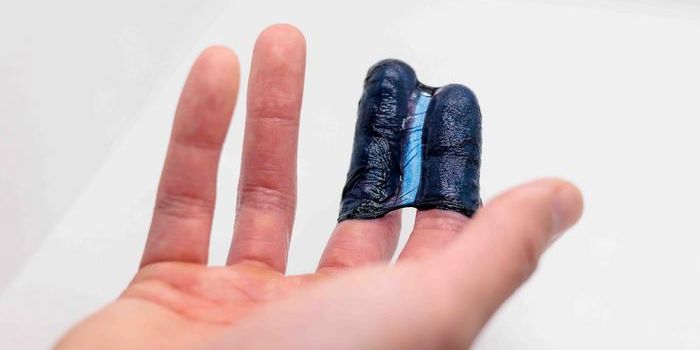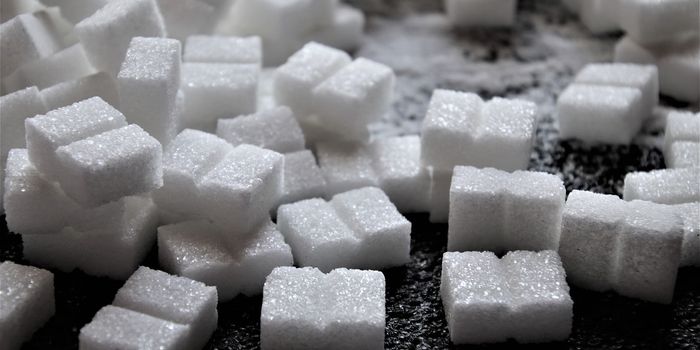Cornelia Weyand, MD, and her team of scientists from Stanford University School of Medicine are investigating the causes of coronary heart disease, but they are not looking at lipid accumulation. Instead, Weyand’s team is studying another factor leading to heart disease: inflammation.
"We've pinpointed a defect in glucose metabolism by a class of arterial-plaque-associated immune cells as a key factor driving those cells into a hyper-inflammatory state," Weyand explained. The study she led was published in
The Journal of Experimental Medicine.
Almost half of all deaths in the United States can be attributed to coronary heart disease, where a blockage of blood flow through the arteries to the heart is impaired. Atherosclerosis, which is usually the precursor to a coronary heart disease-related heart attack, is the buildup of plaque in the blood vessels that challenges healthy blood flow.
Other than collection of lipid deposits in the arteries, chronic inflammation is also to blame. In addition to lipids, plaque contains immune cells called macrophages. While some variants of these cells play a purely amicable role in body health, breaking down cellular debris, promoting cellular growth and blood flow, and engaging in tissue repair, some variants go rogue.
Inflammatory macrophages, called M1, respond to pathogens by recruiting other immune cells and attack pathogenic cells head on by producing free radicals. Although this function is definitely necessary when pathogens invade, overactivity can also exacerbate the severity of coronary heart disease.
Weyand believes that the inflammatory power of the M1 macrophages may overshadow their other duties: “macrophages are so preoccupied with their inflammatory power trip they neglect their clean-up tasks.”
Weyand and her team examined 140 patients’ blood samples with coronary heart disease, looking at monocytes, the precursors of macrophages. Each patient had experienced at least one heart attack. They compared these cells to those of 105 healthy and “demographically matched” control participants. After differentiating the monocytes into macrophages in the lab, they saw that the “monocytes from patients with coronary artery disease had a pronounced predisposition to develop into inflammatory, interleukin-6-producing M1 macrophages.”
In addition, patients with additional risk factors for coronary heart disease such as Type 2 diabetes, hyperlipidemia, and hypertension produced even more interleukin-6.
“The greater the number of these risk factors they had, the more IL-6 their macrophages made,” said Weyand.
Next, Weyand and her team looked to identify what was causing certain monocytes to “turn to the dark side.” Their first observation was that coronary artery disease patients’ macrophages contained twice as many free radicals than macrophages from healthy people. They also found out that glucose metabolism within the mitochondria was responsible for the free radical activity.
"The primary problem, we learned, is that these macrophages take up glucose at a higher rate than normal cells do," said Weyand. "That causes them to break it down faster, overheating their mitochondria, which then produce too many free radicals."
The team is currently working on various interventions to prevent overproduction of free radicals that lead to an increased risk for coronary heart disease and heart attacks. In addition to blocking or reducing glucose uptake and manually removing free radicals, manipulating the action of a certain enzyme involved in breaking down glucose, PKM2, is also a candidate for therapy.
Source:
Stanford University School of Medicine









